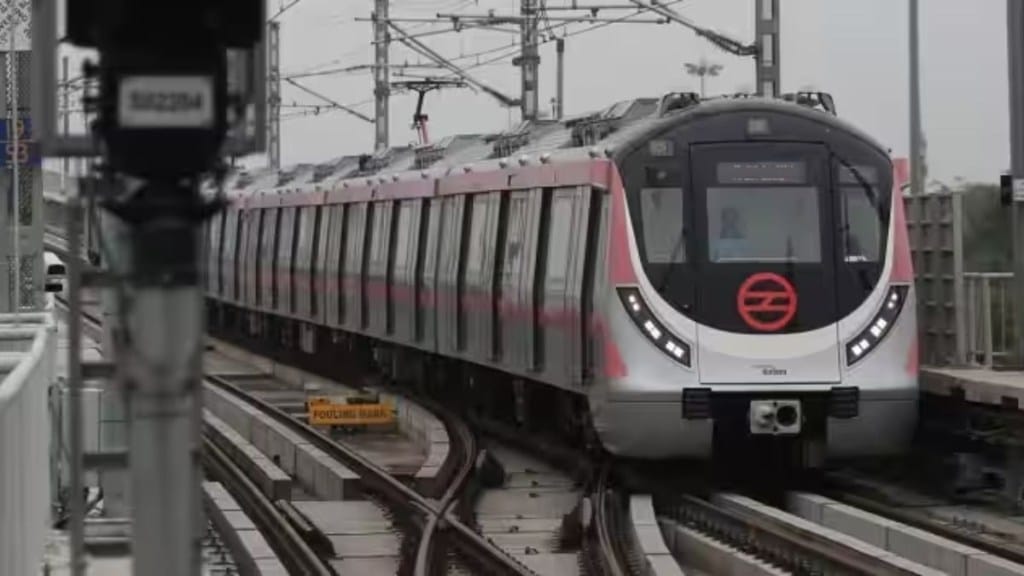India is experiencing a remarkable surge in metro ridership, with daily numbers surpassing the 10 million mark and poised to exceed 12.5 million in the coming years, according to the Ministry of Housing and Urban Affairs.
This revelation comes in response to a recent claim by UK-based publication The Economist, which asserted that India’s metro rail systems were failing to attract sufficient passengers.
Crossing the 10 million mark
The Ministry’s press release emphasises the substantial expansion of metro rail in the country, portraying daily ridership exceeding 10 million as a reflection of the evolving aspirations of India’s rapidly urbanising youth.
The UK publication faced criticism from the Ministry for alleged factual inaccuracies and a lack of necessary context, challenging claims that none of India’s metro rail systems had achieved even half of their projected ridership.
Rapid growth of India’s metro rail network
Contrary to The Economist’s assertion, the Ministry points out that over three-fourths of India’s current metro rail network has been conceptualised, constructed, and operationalised in less than a decade.
In 2023 alone, metro rail ridership in India tripled from 2019, attributed to factors like traffic congestion and a growing preference for faster transit options.
As of November 2023, India boasts 895 kilometers (556 miles) of operational metro lines across 16 systems, with the Delhi Metro standing out as the largest, registering an annual ridership of over a billion. Importantly, almost all metro rail systems in the country currently generate operational profits.
DMRC easing traffic congestion in capital
The Delhi Metro, operational for more than two decades, not only outperformed its projected ridership for 2023 but also showcased the positive impact of alleviating congestion in the city. The Ministry underscores the critical role of public transport, emphasising the government’s commitment to providing diverse, comfortable, reliable, and energy-efficient mobility solutions.
PM e-Bus Sewa scheme
The recent launch of the PM e-Bus Sewa scheme, aiming to deploy 10,000 e-buses in mid-sized cities, aligns with the government’s commitment to enhancing urban mobility. Larger cities are already covered under the FAME scheme, catering to the varied transportation needs of different urban landscapes.
Addressing the claim that commuters prefer other modes of transport for short trips, the Ministry contends that metro systems, designed to serve urban areas for the next century, are undergoing a transition. Metro rail is becoming the preferred mode of commuting, particularly for women and the younger population.
In conclusion, the Ministry of Housing and Urban Affairs reiterates India’s dedication to providing sustainable and integrated mobility solutions, countering The Economist’s assertions by presenting a comprehensive view of the significant growth and positive impact of India’s metro rail systems.

